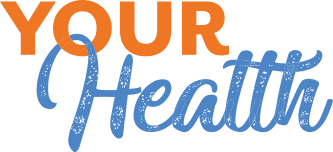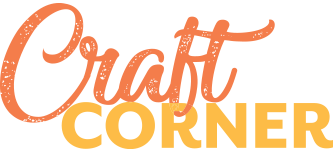
Pregnancy Health
Finding Your Core
by Sandy Novembre
& Amelia Foster DPT
Searching the internet for answers regarding core strength can be quite overwhelming. It’s easy to confirm that a strong core is important, but how to best strengthen can be daunting. There are many “core” exercises that are great in theory, but performing a particular movement or pose doesn’t guarantee you are using your core. All too often our superficial (larger) muscles take over for the core.
Many internet answers approach each core muscle individually. While it is helpful to bring awareness to each core muscle through isolated imagery, the goal is to find integration. The benefit of a strong core comes with using all the core muscles in unison. It is the co-contraction or integrated strength that provides a balanced and healthy support system for your body.
When strengthening your core it can feel subtle as you are learning how to use less superficial muscles and more deep core muscles. Explore how to use a light effort, subtle challenge, mental connection and feeling of length. Understanding the ease of how your body can feel in movement will make finding your core less of a checklist and more of an overall sensation.
What is your core?
The Core is made up of muscles in your trunk, primarily your transverse abdominals (the deepest layer of abs), the multifidus (deep back muscles), the pelvic floor and your diaphragm.
What does it feel like when I am not using my core?
You can feel fatigue or strain in your low back, hip joints or hamstrings when practicing an exercise without using your core.
What are some common errors when doing core exercises?
- Pulling belly button in too hard
- Overusing hip flexors to tuck your pelvis
- Creating a bulge of external abs
- Straining back by arching spine
- Using neck muscles instead of abs
How do I include core muscles in my workout?
- Learn how to engage deep abs and pelvic floor together in movement.
- Maintain length and ease of movement
- Use Diaphragmatic breathing and softening in your chest.

Incorrect Form
- Seesaw your ribs and shoulders exaggerating the movement in your upper spine.
- Recognize the two extremes then find a balance and still point with weight even on your ribcage, shoulders and pelvis.

- Seesaw the neck as if nodding yes.
- Balance the neck in neutral so the gaze is to the ceiling. Use a pillow if the chin is lifted.

Correct Form
- Maintain a neutral spine by keeping the seesaws of the pelvis, ribs and neck still.
- Lift one leg over hip using visuals of core muscles to maintain stability
- Lift both legs to increase challenge while maintaining even core work and spine stability

- Lower one leg at a time to challenge the core muscles. Engage the core using the imagery to the left without moving the spine, hips or neck.
Monarch Pilates is a full service studio offering one on one Physical Therapy, Private & Semi Private Pilates and Reformer classes. We provide a variety of services to assist through the journey of pregnancy and beyond. We are passionate about helping women to enjoy this precious time and begin parenthood with confidence in your strength.



You May Also Like

Santa Cruz County Children Improve their Oral Health
November 1, 2022
Garland
November 1, 2022

